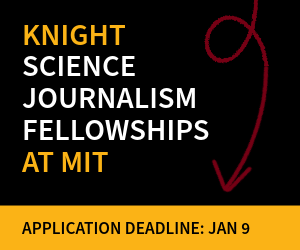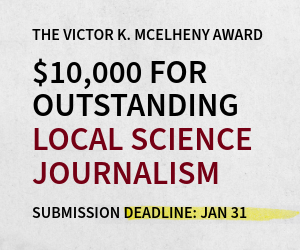Will sucking a baby's pacifier reduce the risk of eczema and allergies? Is vaginal delivery better than C-section? The evidence, such as it is. Winter is Coming, and so is Obamacare. The organizational challenges are immense, and opposition hasn't gone away either. Plus the fate of DSM5, Wehrner von Braun, Ed Yong on science blogging, the media and the anti-vaccine movement, and a shoutout to the Knight Science Journalism Trackers.
In some ways, writing a book (the Science Writers Handbook) with 30 other writers was easy compared to sole authorship. Each of us had only a chapter or two to write. But in other ways, it was incredibly difficult. How do you make so many individual voices cohesive, and how do you weed out the overlaps or resolve differences of opinion? It quickly became a balancing act of delegating work and decisions, coordinating many moving parts, and heavy doses of diplomacy.



